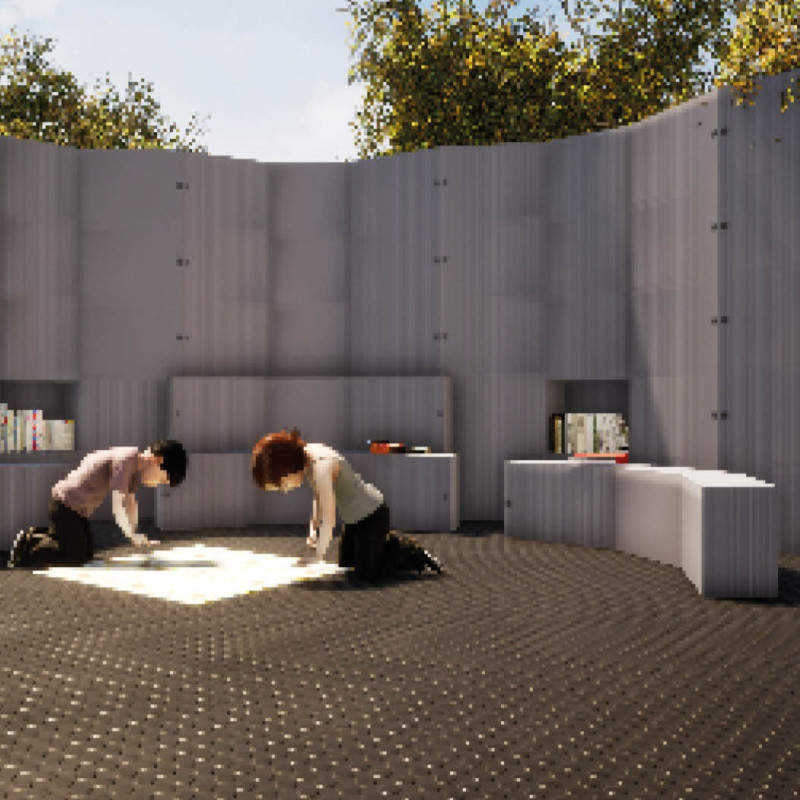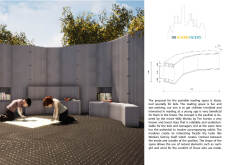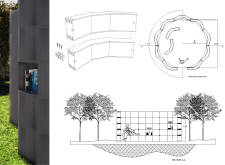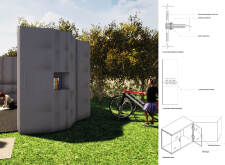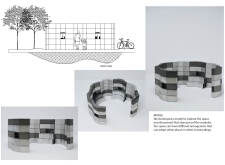5 key facts about this project
The portable reading space is designed for children and is placed in public areas where they can gather and explore. Its purpose is to encourage a love for reading by providing an engaging and interactive environment. Inspired by "Willy Wonka," the design brings in playful elements while remaining accessible to both children and their caregivers. The modular construction allows for different configurations, making the space suitable for various contexts.
Modularity and Flexibility
The modular layout is a key feature of the reading space. It enables reconfiguration, allowing the pavilion to adapt to different group sizes and activities. This flexibility encourages interaction among users, making the environment dynamic. Children can engage in activities together, promoting social connections and collaborative learning.
Material Considerations
Materials used in the design include fiber-reinforced polymer, which offers both strength and lightness. Metal components such as hex nuts, bolts, and C-shaped clips ensure stability and durability. Acrylic plastic sheets are incorporated to enhance transparency, letting in natural light and creating an inviting atmosphere. These choices contribute to a comfortable and welcoming environment for readers.
Light and Airflow
The design takes advantage of natural light and airflow, enhancing the experience inside the pavilion. Windows and openings allow sunlight to filter through, which not only brightens the space but also keeps it airy and fresh. This creates an inviting atmosphere for reading and encourages exploration.
Natural elements combine with the whimsical design to foster engagement with both stories and the outdoor environment. The interplay of light and structure invites children to immerse themselves in their reading journey while connecting them to the world around them.


